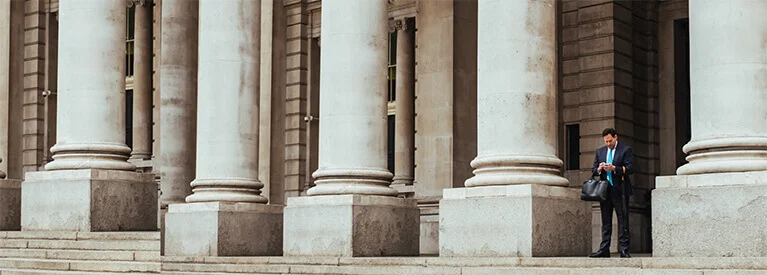Each year hundreds, if not thousands, of people are injured in “slip and fall” and other public liability accidents throughout Australia.
Whilst many of these accidents are preventable and have obviously been caused by the negligence of the occupier of the property on which the accident has occurred public liability insurers rarely admit liability.
Therefore lawyers acting for an injured person in a public liability claim can expect to have to prove, on their client’s behalf, that the injuries are caused by the negligence of the occupier.
A prudent lawyer, on receiving instructions to act in such a case, will take swift steps to fully investigate the circumstances of the accident and to preserve all available evidence, before the dangerous condition of the property is rectified, CCTV footage of the scene is erased or the memories of witnesses fade.
There is little point in conducting such investigations near the end of the case because that is likely to be too late. Public liability cases are won by what is done early in the piece, rather than a frantic attempt to obtain supporting evidence years after the event.
In these modern times most places, particularly in the metropolitan areas, are covered by CCTV cameras. It is therefore important that immediate steps be taken, after receiving instructions, to ensure that the CCTV footage is preserved. The occupier or management of the premises where the accident happened should be put on notice that if the CCTV footage is not preserved this will be brought to the attention of the judge who hears the case.
CCTV footage can establish the length of time a slippery substance has been allowed to be left on a supermarket floor, whether a cleaning regime is up to scratch and so on.
It may also be appropriate to engage a “slipperiness” expert at a very early stage to test the slipperiness of the surface where the accident occurred. An expert, who will conduct a series of tests, will be able to advise whether or not the state of the surface e.g. a pathway, meets Australian Safety Standards. An expert should be engaged as soon as possible after the accident before the occupier or management of the place where the accident occurred takes steps to reseal the surface with a more safety compliant substance.
Where a person has been injured by a balcony collapse, or the failure of a balcony railing, immediate steps should be taken to ensure that the property is inspected and, if possible, the offending railing is kept as evidence and for inspection by an expert.
It goes without saying that it is prudent to interview eye-witnesses to the accident as quickly as possible, before memories fade or witnesses “move on”.
Finally, there is no substitute for a lawyer engaged by a person who has been injured in a public liability accident to view the scene of the accident to see it for him or herself.
If you or anyone you know has been injured, you may be entitled to compensation. For more information, and to arrange a free, no-obligation assessment of your claim, please call Stacks Goudkamp on 1800 251 800, or alternatively make an online enquiry.
Written by Tom Goudkamp OAM
Tom Goudkamp OAM is the Managing Director of Stacks Goudkamp. He has over 40 years of experience of successfully bringing compensation claims for people injured in a motor vehicle accidents and public liability accidents.



